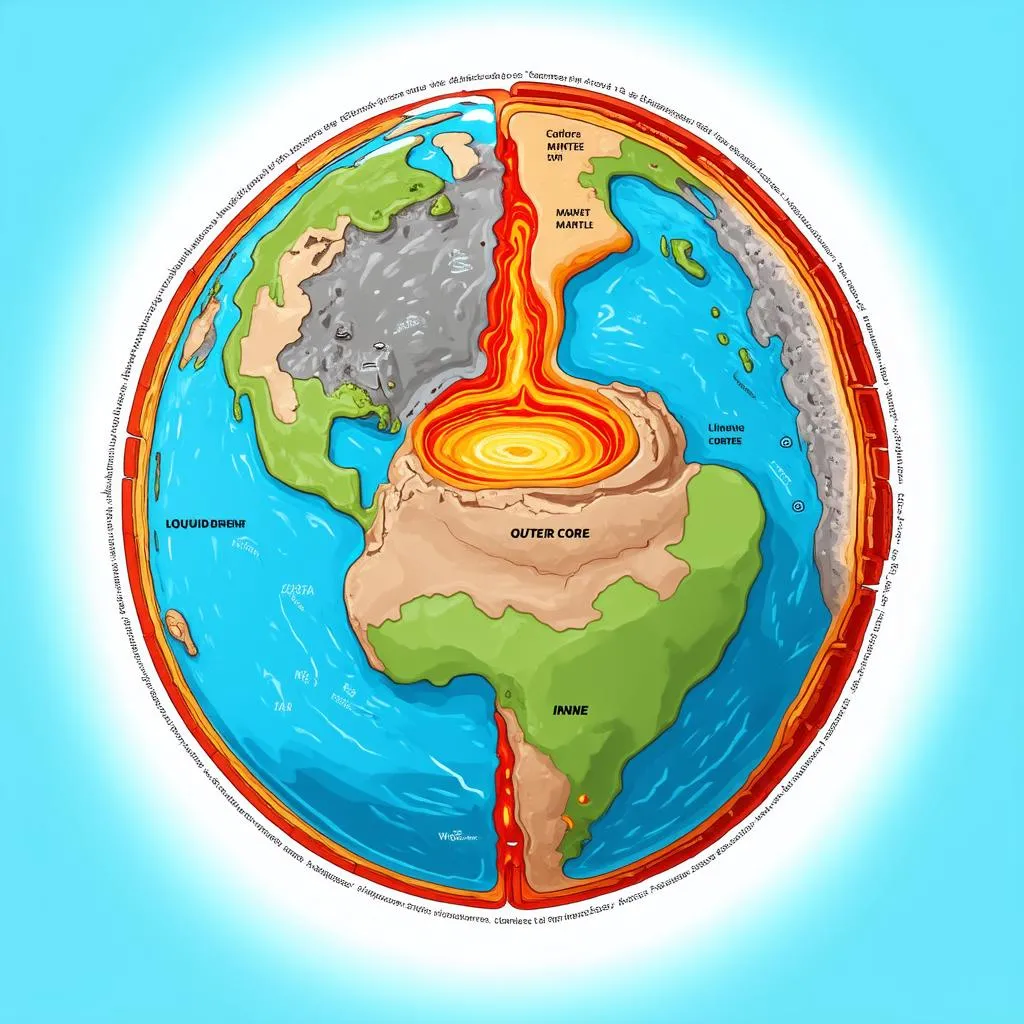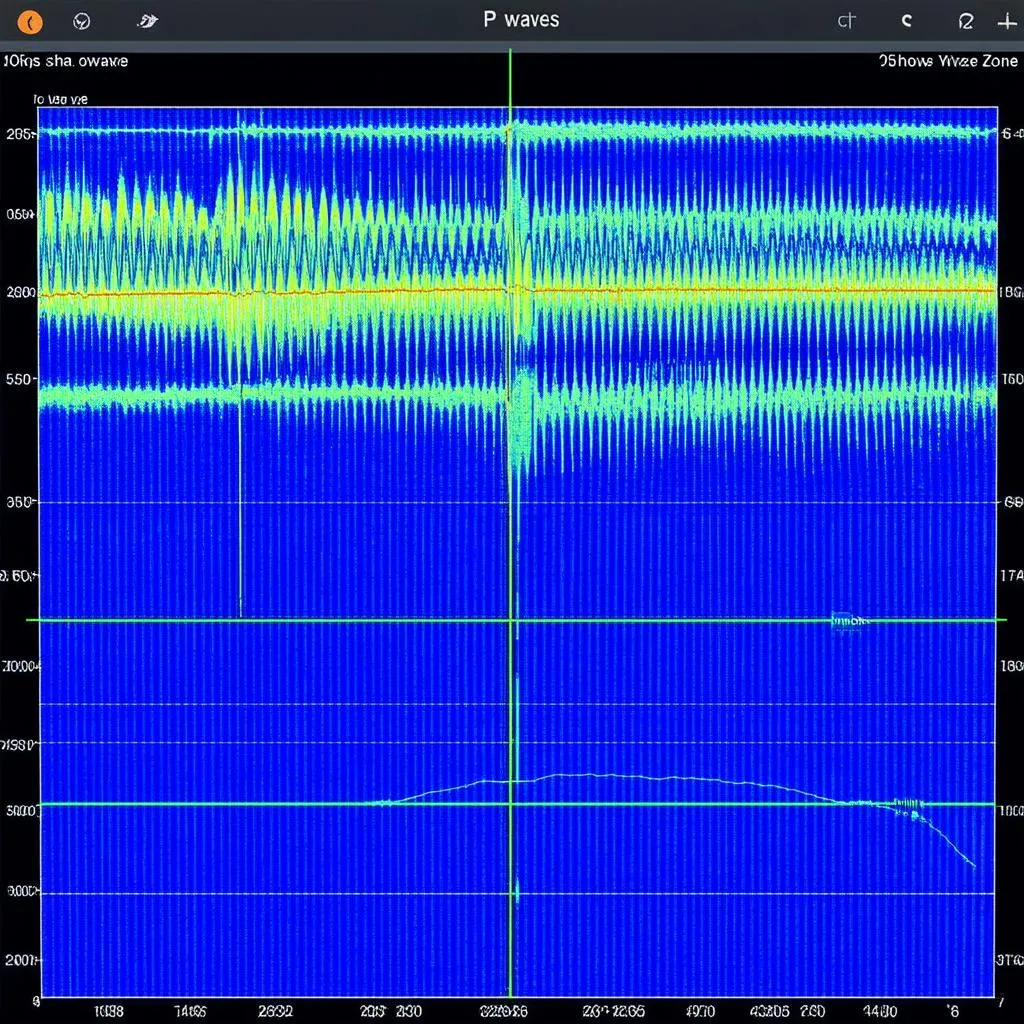Have you ever wondered how we know so much about the Earth’s interior? We can’t exactly dig a hole all the way down! The answer lies in the fascinating world of seismic waves, the vibrations that travel through our planet. Today, we’ll delve into a common question that arises from this topic: Can S Waves Travel Through Liquids? Let’s embark on a journey to understand these waves and their role in unveiling the Earth’s secrets.
What are S waves?
To answer our main question, we need to understand what S waves are. S waves, or secondary waves, are a type of seismic wave that travel through the Earth’s interior. Unlike P waves, which are compressional waves, S waves are shear waves. Imagine you’re holding a rope and you flick your wrist up and down. That wave traveling down the rope is a shear wave, much like an S wave traveling through the Earth.
Can S Waves Travel Through Liquids?
Here’s the crux of the matter: S waves cannot travel through liquids. Why? Liquids, unlike solids, don’t have the same rigidity. They can’t resist the shearing motion that S waves create. Think about stirring a cup of tea. The liquid easily moves, allowing the wave to pass through but not the S wave itself.
This crucial difference between P waves and S waves is how geologists figured out that the Earth’s outer core is liquid. When an earthquake occurs, both P and S waves radiate outwards. Seismographs around the world record these waves. However, there’s a distinct “shadow zone” on the opposite side of the Earth where no direct S waves are detected. This indicates that they encountered a liquid layer – the outer core – which they couldn’t penetrate.
The Importance of Understanding S Waves
Understanding the behavior of S waves has far-reaching implications:
- Unveiling Earth’s Structure: As mentioned, the inability of S waves to travel through liquids helped us determine the liquid nature of the Earth’s outer core.
- Predicting Earthquake Damage: By studying the propagation of S waves, scientists can better predict the potential damage caused by earthquakes in different areas.
- Exploring for Resources: S wave analysis is used in the exploration of oil and gas reserves, helping us locate valuable resources.
FAQs about S Waves and Liquids
Q: If S waves can’t travel through liquids, how do tsunamis happen?
A: Tsunamis are caused by the displacement of large volumes of water, often due to undersea earthquakes. While the initial earthquake generates both P and S waves, the tsunami itself is a series of water waves, not seismic waves.
Q: Do S waves travel faster through all solids?
A: No, the speed of S waves, like P waves, varies depending on the density and rigidity of the material they’re traveling through. Generally, they travel faster in denser, more rigid materials.
Travelcar.edu.vn: Your Gateway to Travel Knowledge
Want to learn more about the fascinating world around us, from the science of seismic waves to the wonders of travel? Visit travelcar.edu.vn for a wealth of information and travel inspiration. Discover hidden gems like the bustling markets of Marrakech or the serene temples of Kyoto. We’re here to fuel your wanderlust and deepen your understanding of the world we inhabit.
 Earth's Core
Earth's Core
 Seismograph Reading
Seismograph Reading
Plan Your Next Adventure with Feng Shui
In the spirit of travel and exploration, why not incorporate a bit of Feng Shui into your next trip planning? Choosing destinations that align with your personal energy can enhance your travel experience. For example:
- Water Element: If you seek tranquility and rejuvenation, consider a beach vacation or a cruise.
- Earth Element: For grounding and stability, explore mountainous regions or historical sites.
Remember, travel is more than just visiting new places; it’s about connecting with the world around us and enriching our understanding of it. So, keep exploring, keep questioning, and keep traveling!